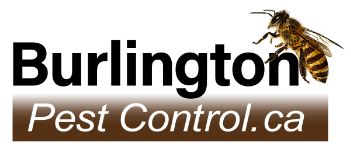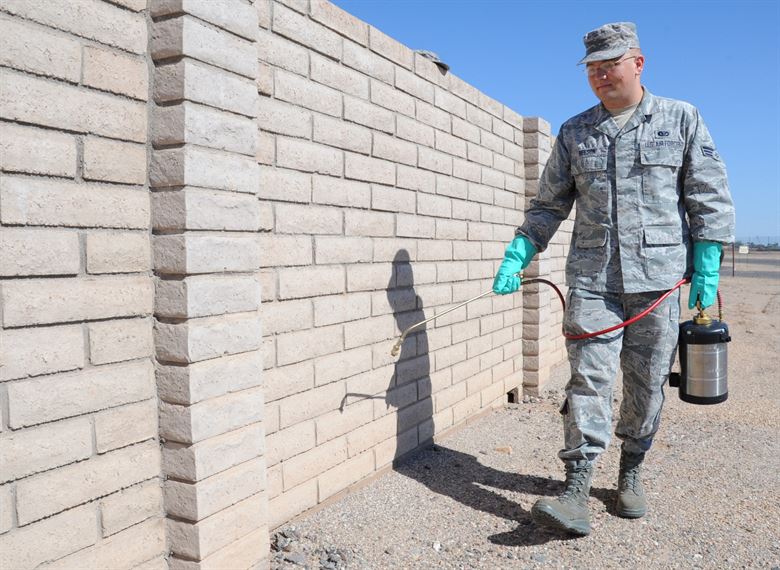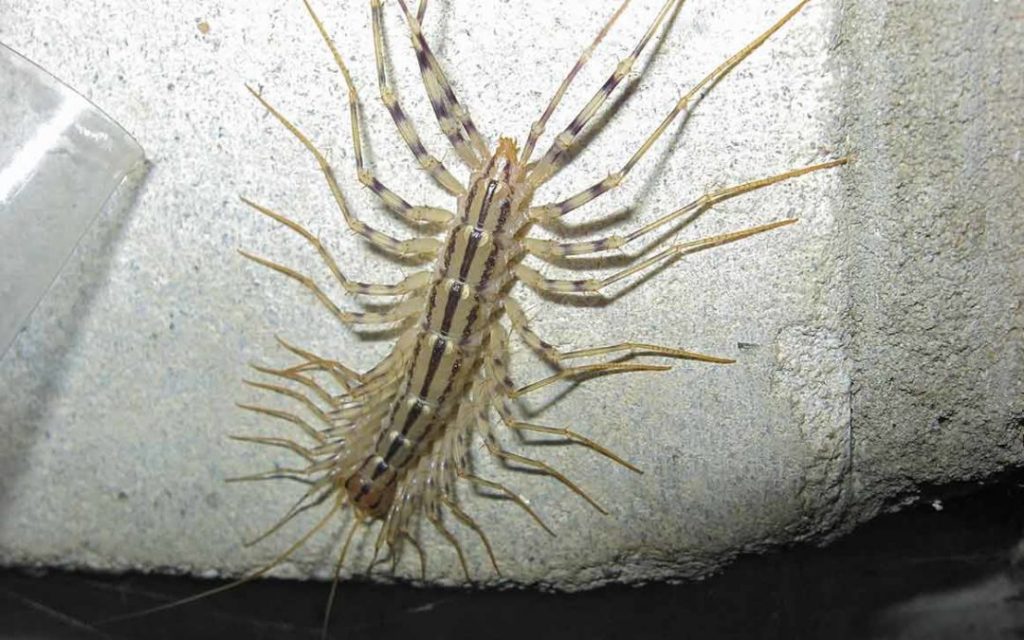Chagas Disease; Dangerous for you and your pet
Chagas disease (sometimes called “American trypanosomiasis”) is a potentially life-threatening condition caused by an infection of Trypanosoma cruzi, an insect-borne parasite. Its victims include humans and dozens of animal species, including dogs, cats, coyotes, squirrels, armadillos, opossums and raccoons.
Endemic in the Southern US.
Found only in North, Central and South America, Chagas disease afflicts millions of people. The parasite responsible for the disease is thought to be widespread throughout the southern United States. Once contracted, Chagas disease will not go away without medical or veterinary intervention – the infection will continue to exist until it is properly treated.

Assassin Bug (reduviid insect)
Disease Transmission.
The parasite which causes American trypanosomiasis spreads to new victims through their exposure to the infected feces of reduviid insects. Often called “assassin bugs” or “kissing bugs,” this type of insect defecates while it’s feeding. The parasite usually enters the victim’s body through the insect’s bite wound.
Other modes of transmission occur less frequently but include:
• Infected mother to fetus
• Infected mother to nursing baby
• Transfusion with infected blood or blood products
• Organ transplant (when the donor is infected)
• Contaminated food or water (rarely, usually only seen in areas of extreme poverty).
Chagas Disease in Humans.
In humans, Chagas disease has both acute and chronic phases. Either phase can be life-threatening, but there also might not be any symptoms at all. Symptoms (if any) can appear as quickly as 5 to 14 days after exposure to infected reduviid insect feces.
The Acute Phase in Humans Most infected people do not have any symptoms during the disease’s acute phase, which can last for a few weeks to a few months. However, symptoms vary when present, and can include joint pain, decreased appetite, fever, headache, diarrhea, nausea, vomiting, lethargy or weakness, an enlarged liver and/or spleen, and enlarged lymph nodes. A painless swelling called a chagoma is sometimes seen in the area where the parasite entered the body. Likewise, a temporary swelling (called “Romana’s sign,” lasting one or two months long) may occur around one or both eyes if the parasite entered through an eye’s mucous membranes.
The acute phase of the disease can be serious (and sometimes fatal), especially in children, the elderly, and people with compromised immune systems. However, even without treatment, the symptoms of acute Chagas disease normally disappear within a few months. That being said, the underlying infection will continue to flourish unless and until effective medical treatment is received.
The Chronic Phase in Humans.
Once Chagas disease enters its chronic phase, there may not be any symptoms for years – if ever. Nevertheless, if symptoms do appear they can include heart attack, heart failure, enlarged colon or enlarged esophagus. As a result, sudden death is possible.
Chagas Disease in Pets.
As mentioned above, dogs and cats are just two of the many species of animals that Chagas disease can attack. Symptoms are not common in cats, but include fluid retention, weight loss, fever, paralysis and convulsions. There are three stages of Chagas disease in dogs: acute, latent and chronic.
The Acute Phase in Dogs.
The incubation period of Chagas disease in dogs lasts between 5 and 42 days. Symptoms during this phase can include decreased appetite, lethargy, fever, poor coat condition, diarrhea, weight loss, enlarged lymph nodes, and enlarged liver and/or spleen.
The Latent Phase in Dogs.
This phase of Chagas disease can last for several years or be as short as only a few weeks. An infected dog generally has no symptoms during this period.
The Acute Phase in Dogs.
After the onset of the acute phase, congestive heart failure is fairly common. Sudden death is possible.
Prevention is Important.
As you can see, Chagas disease in humans and in pets is serious and sometimes fatal. Contact your physician or vet immediately if you think you or your pet may have this parasitic disease.
Because it can occur virtually anywhere in the South (including Texas), it’s important to take a few simple precautions that can reduce the chances that you or your pet will be infected:
• Seal any cracks in your home’s foundation or walls to prevent reduviid insects (the parasite’s carrier) from entering.
• Reduce the number of revived insects inside and outside your home by using spray insecticides. Be diligent and you can eradicate most or all of them lurking in your home.
• Keep your cat or dog inside your home at night. The carrier insects generally feed after dark.
• Prevent your pets from eating the flesh of any wild animal.
• Sleep in a room that’s air-conditioned or has good screens on every window. Consider sleeping under netting that’s been treated with permethrin or a similar insecticide that kills revived insects.




